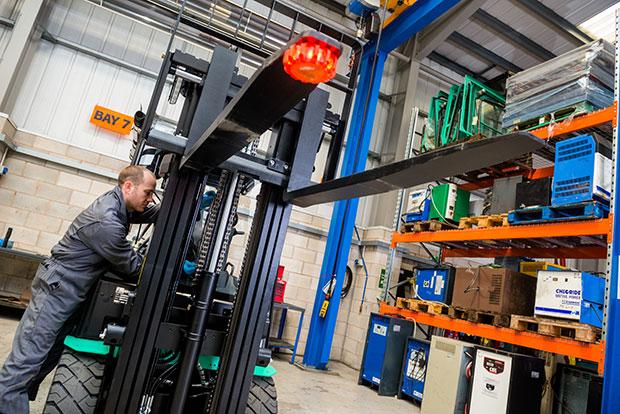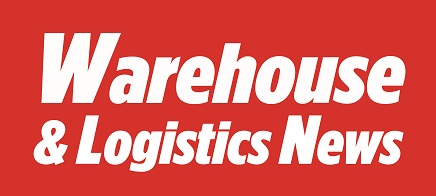The emphasis, in almost every warehouse, is always on speed.
 But some processes cannot be rushed, indeed must not be rushed, says Geoff Martin, Chairman at CFTS. And perhaps the most important of these is the routine safety inspection of lifting equipment such as forklifts and warehouse trucks.
But some processes cannot be rushed, indeed must not be rushed, says Geoff Martin, Chairman at CFTS. And perhaps the most important of these is the routine safety inspection of lifting equipment such as forklifts and warehouse trucks.
To comply fully with HSE guidelines – and keep you on the right side of the law – it must include the Thorough Examination of not just the lifting and hydraulic components (as prescribed under LOLER), but also the brakes, steering, tyres, etc. to meet PUWER requirements.
That takes time. How long will vary according to the nature, size and complexity of the equipment. There should never be any time constraints when conducting something as important as a Thorough Examination. If you feel your inspection was rushed, then it’s likely that large sections of the truck (typically those covered by PUWER) have been ignored.
Tools for the job
If the thoroughness of a Thorough Examination (LOLER & PUWER) is important, so too is the equipment used by the inspector. As leading experts agree, traditional tools such as steel rulers should not be relied upon to deliver the accurate, replicable measurements that show exact increments of wear. As a result, they do not provide you, as a manager, with the confidence that your equipment has been properly inspected, but also that chains, etc. are not being replaced or repaired prematurely.
A CFTS-accredited examiner will typically use:
•Professional fork wear gauge: designed to precisely measure the percentage of wear (between 0-10%) on fork heels.
•Professional chain wear gauge: measures leaf chain and roller chain wear by indicating the exact percentage of elongation (indicating when chains need a replacement).
•Fork wear caliper: checks fork angle, fork hooks and fork blade maximum wear.
•Digital angle protractor and set square: measures fork angles to ensure damaged or bent forks do not go beyond manufactured limits.
Other required kit may include a harness for working at height, truck blocks to secure equipment, torches to inspect defects, UV torches for crack detection, toe jacks for better access, rachet straps to secure masts and forks, as well as mast blocks for checking wear on mast pivot brushes and for securing equipment during steering inspections.
If your provider doesn’t carry those items, you need to wonder how they can carry out a truly Thorough Examination.
Why a Thorough Examination is so important
It’s not just a box ticking exercise. Done properly by a competent, accredited person, a Thorough Examination is a timely opportunity to inspect all safety-critical components and fix faults before they cause costly unplanned downtime and a much bigger problem.
To find out more visit www.thoroughexamination.org




Comments are closed.